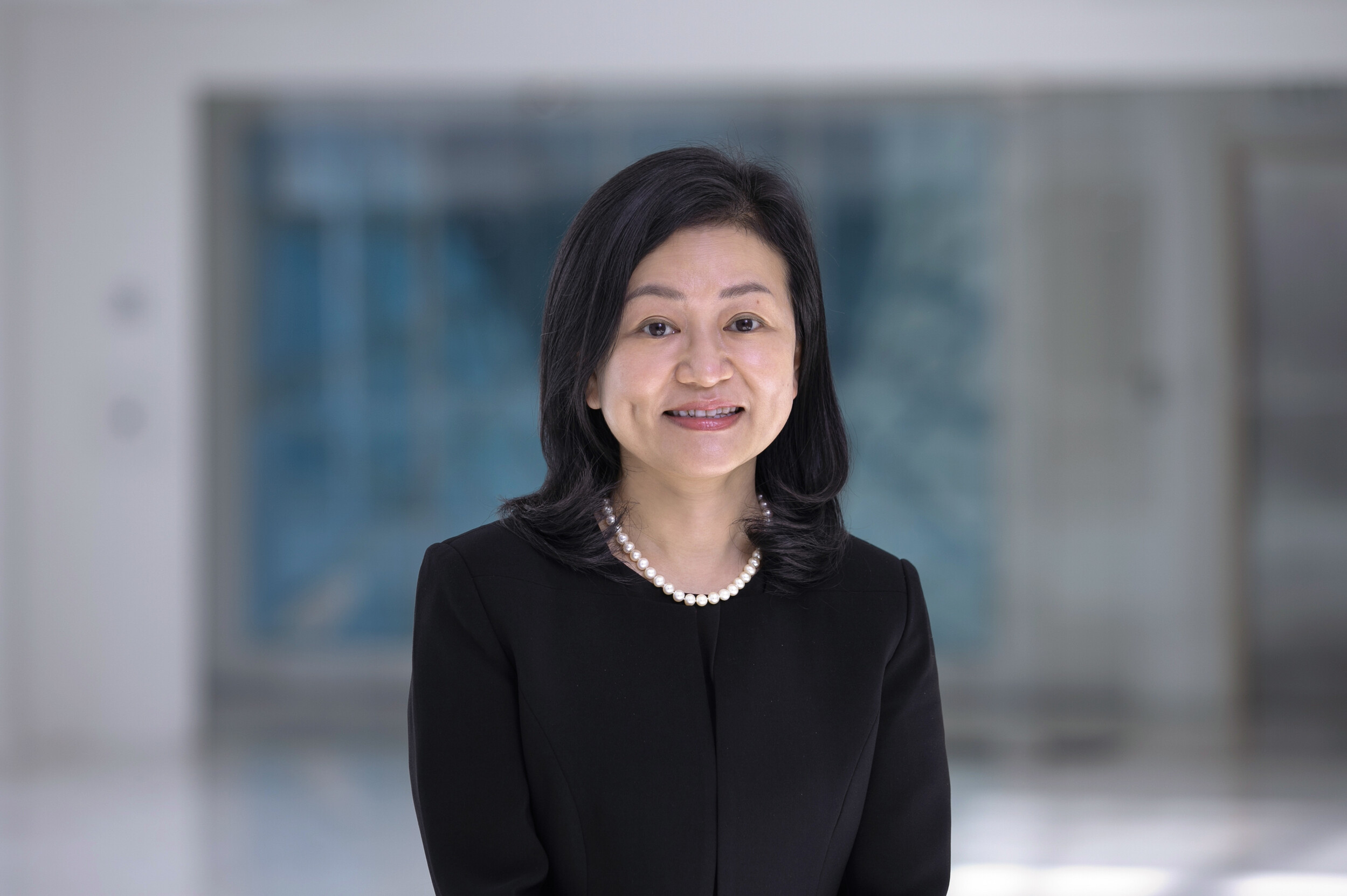Singapore unveils expanded parental leave and jobseeker support scheme
- Josephine Tan

Singapore’s latest policy initiatives are poised to significantly impact the workforce, focusing on enhanced parental support and aid for displaced employees.
Among the key changes announced by Prime Minister Lawrence Wong in his National Day Rally speech is the introduction of 10 weeks of shared parental leave. This new leave entitlement, which can be utilised by either parent, will be rolled out progressively. Starting 1 April 2025, parents will have access to six weeks of shared leave, with the full 10 weeks becoming available from 1 April 2026. The government will fully fund this leave, adding to the existing paternity and maternity leave benefits.
Currently, fathers in Singapore are entitled to two weeks of paternity leave, with an additional two weeks offered voluntarily by employers. However, from 1 April 2025, this additional leave will become mandatory.
Mothers, who currently receive 16 weeks of maternity leave, will benefit from the combined total of 30 weeks—or about 7.5 months—of paid leave shared between both parents. Additionally, a new scheme to support families with three or more young children is being developed, with details expected to be unveiled in the 2025 Budget.
READ MORE: Singapore’s wage council begins talks on 2024-25 pay guidelines
In a bid to support employees facing job displacement, Wong introduced the SkillsFuture Jobseeker Support scheme. This initiative will provide temporary financial assistance to lower- and middle-income employees who lose their jobs involuntarily, offering up to S$6,000 (US$4,566) over six months. However, this support comes with the expectation that recipients will engage in training, career coaching, and job matching services to enhance their employment prospects.
Furthermore, Singaporeans aged 40 and above will be eligible for an allowance of up to S$3,000 (US$2,283) per month while they pursue full-time studies, with some of this training allowance extended to part-time courses, reported CNA.
For more news and analysis on the latest HR and workforce trends in Asia, subscribe to HRM Asia and be part of the region’s largest HR community!






